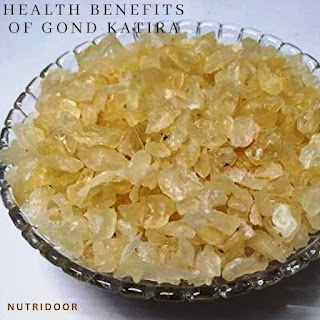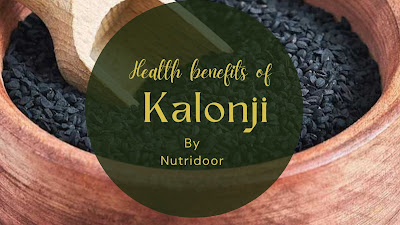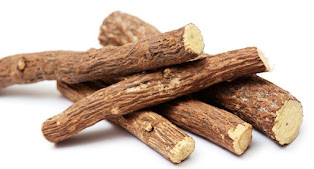Search This Blog
Nutridoor is your ultimate guide to healthy eating, offering tips, recipes, and insights into nutritious foods to enrich your lifestyle.
Posts
Showing posts with the label Herbal Skincare
Gond Katira (Tragacanth Gum) Benefits for Females and How to Incorporate It into Your Diet
- Get link
- X
- Other Apps
Gond Katira (Tragacanth Gum): Benefits, Side Effects, Uses, and Nutrition Value
- Get link
- X
- Other Apps
Health Benefits of Kalonji Seed, Uses And Its Side Effects
- Get link
- X
- Other Apps
Fig Milk: Uses, Benefits, and Traditional Remedies for Various Conditions
- Get link
- X
- Other Apps
Ashwagandha (Withania somnifera) Herb Health Benefits
- Get link
- X
- Other Apps
"Licorice for Skin Whitening: Unveiling the Benefits of ملٹھی / Glycyrrhiza glabra"
- Get link
- X
- Other Apps
Benefits of Sabja basil Seeds or tukmaria ,for Health
- Get link
- X
- Other Apps







